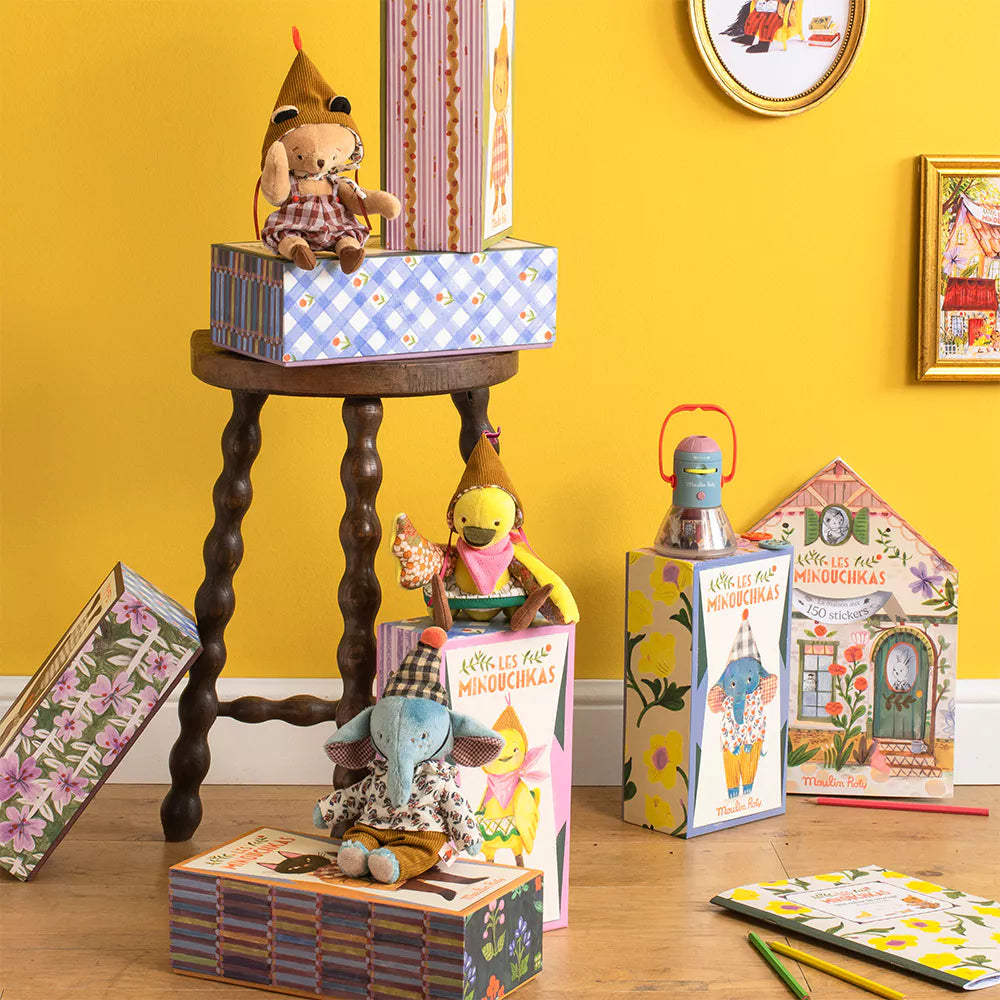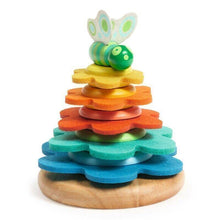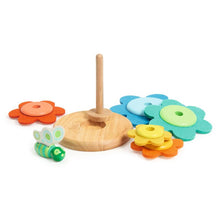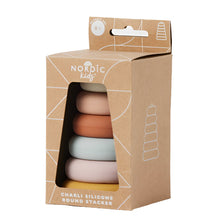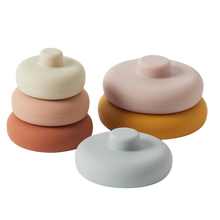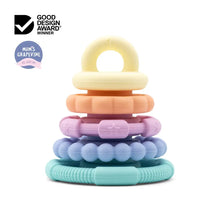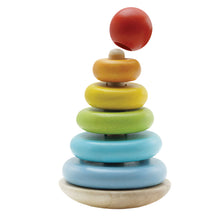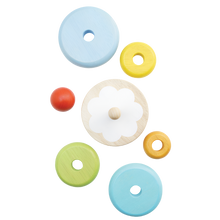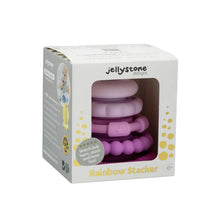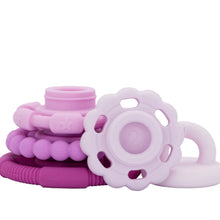Unleash the Fun: Benefits of Stacking Toys
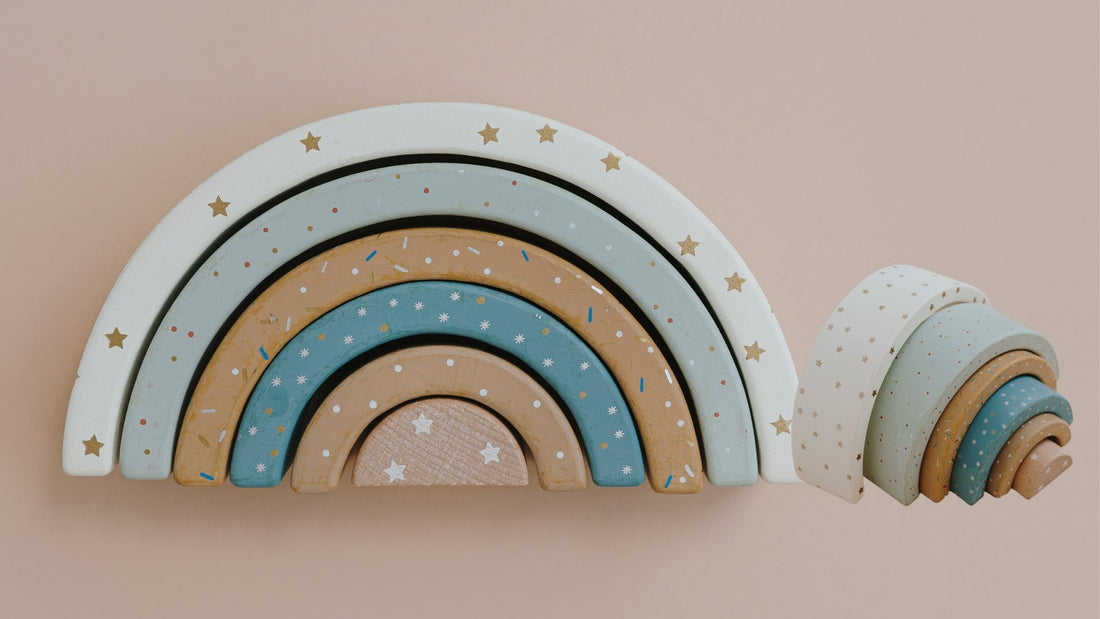
What are the benefits of stacking toys?
Stacking toys are not just a fun plaything, they also offer a myriad of developmental benefits for toddlers and pre-school children including creativity, social skills, problem solving, fine motor development and more!
Creativity:
Stacking toys allow toddlers to explore their creativity and imagination. By experimenting with different ways to stack the pieces, children can create unique structures and designs. This open-ended play fosters creativity and innovation as they come up with new ways to stack and balance the pieces.
Social Skills:
Stacking toys can also aid in the development of social skills. When young children engage in stacking activities with others, they learn important social skills such as taking turns, sharing, and collaborating. This type of cooperative play helps young children build relationships and develop essential social abilities.
Concentration and Focus:
Stacking toys require children to concentrate and focus on the task at hand. As they carefully stack the pieces, they are learning to pay attention to detail and stay engaged in the activity. This helps improve their concentration skills and ability to stay focused for longer periods of time.
Fine Motor Skills
By encouraging hand-eye coordination and precise movements, stacking toys can help children with their fine motor skills development. Fine motor skills are important for mastering everyday life tasks such as writing, threading laces and undoing buttons.
Problem Solving:
Stacking toys can also help enhance problem-solving skills. Toddlers are challenged to figure out how to stack the pieces in a stable and balanced way, which encourages critical thinking and problem-solving abilities. Furthermore, stacking toys can boost confidence and self-esteem as children successfully complete stacking challenges.
Creative Ways to Play with Stacking Toys:
1. Color Sorting Adventures: Turn stacking into a colour learning game by having children sort rings or blocks by color before stacking them. This develops color recognition and categorisation skills.
2. Size Sequencing Challenges: Encourage children to arrange stacking pieces from largest to smallest or create patterns with alternating sizes. This builds mathematical concepts and logical thinking.
3. Imaginative Building: Use stacking toys as building blocks for castles, towers, or bridges. Children can create stories around their structures, fostering creativity and narrative skills.
4. Balance and Physics Exploration: Challenge older children to stack pieces in unconventional ways to explore balance and gravity. This introduces basic physics concepts through hands-on experimentation.
5. Counting and Number Games: Count each piece as it's stacked, or challenge children to stack a specific number of pieces. This reinforces early math skills and number recognition.
6. Pattern Making: Create repeating patterns with colors or shapes, helping children understand sequences and develop pre-math skills.
7. Fine Motor Skill Challenges: Encourage precise placement of pieces to develop hand-eye coordination and dexterity essential for writing and other tasks.
8. Social Play and Turn-Taking: Have children take turns adding pieces to a shared stacking tower, teaching patience, cooperation, and social skills.
These activities transform simple stacking toys into rich learning tools that support cognitive, physical, and social development while also keeping children engaged and entertained.
